The Papal Conclave: How The Next Pope Is Chosen
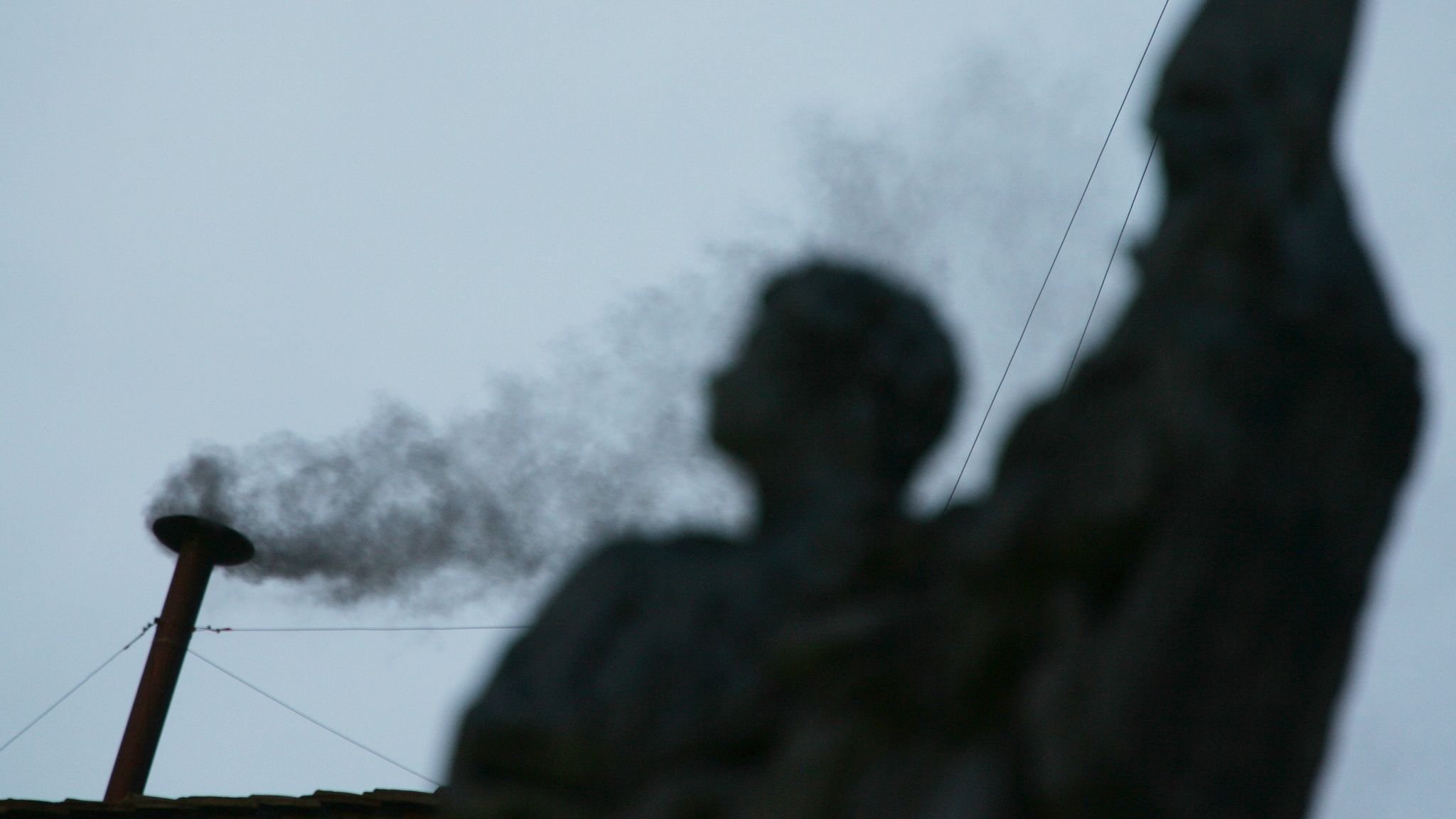
Table of Contents
The Death or Resignation of a Pope: Initiating the Conclave
The Papal Conclave is initiated by the death or resignation of the reigning Pope. This moment, known as sede vacante ("the see is vacant"), marks a critical period for the Catholic Church. The procedures are precise and steeped in tradition. The Cardinal Camerlengo, a crucial figure during the sede vacante, assumes temporary administrative authority, overseeing the Church's affairs until a new Pope is elected. The sede vacante itself is a time of reflection and prayer, emphasizing the importance of choosing a successor who can effectively lead the global Catholic community.
- Official announcement: The death or resignation of the Pope is officially announced to the world, usually by the Cardinal Camerlengo.
- Gathering of Cardinals: Cardinals from across the globe, eligible to participate in the Conclave, travel to Rome.
- Preparation of the Sistine Chapel: The Sistine Chapel undergoes a meticulous preparation process, ensuring it's ready to host the Conclave. This includes security measures and the arrangement of the necessary equipment for voting.
The Role of Cardinals in the Papal Conclave
The Papal Conclave is exclusively the responsibility of the College of Cardinals. Only cardinals under the age of 80 are eligible to participate as electors in the Conclave. These cardinal electors hold the critical responsibility of selecting the next Pope. Within the Conclave, various roles are assigned, ensuring the smooth and secretive operation of the election process. Maintaining absolute secrecy is paramount, with all participants bound by a strict oath.
- Cardinal electors' responsibilities: Casting votes, participating in deliberations, and maintaining the secrecy of the Conclave.
- The role of the Cardinal Camerlengo: While primarily acting before the Conclave, the Camerlengo plays a vital supporting role during the process.
- The importance of secrecy and the oath of secrecy: This ensures the integrity of the election and prevents external influence.
The Conclave Process: From Seclusion to Election
The Conclave itself is characterized by strict seclusion. Once the Cardinals enter the designated area, typically within the Vatican, all forms of outside communication are severed. This isolation ensures that the election is free from external pressures and focuses solely on prayer and deliberation. The voting process is meticulously detailed, involving written ballots and multiple rounds of voting until a candidate achieves the required two-thirds majority.
- Seclusion and communication restrictions: Complete isolation from the outside world is maintained to avoid external influence.
- The voting procedure and ballot counting: Ballots are meticulously counted by scrutineers to ensure the accuracy of the results.
- The role of the scrutineers and the announcement of results: Scrutiners play a critical role in ensuring the fairness and transparency of the voting process.
The Election of the New Pope: "Habemus Papam!"
When a candidate secures the necessary two-thirds majority, a momentous announcement rings out: "Habemus Papam!" ("We have a Pope!"). This moment signifies the culmination of the Conclave and marks the beginning of a new papacy. The newly elected Pope then accepts the election, choosing a papal name that often reflects his intentions or honors a significant figure in Catholic history.
- Confirmation of the election: The result is officially confirmed to the world, typically through a white smoke signal from the Sistine Chapel.
- The first appearance of the new Pope to the public: The newly elected Pope appears on the balcony of St. Peter's Basilica to address the world.
- The significance of the papal name choice: The selection of a papal name is a symbolic act, carrying weight and meaning for the Church and the world.
Post-Conclave: The Inauguration and Beyond
Following the election, the inauguration Mass marks the official beginning of the new pontificate. This ceremony, attended by dignitaries from around the world, signifies the start of the new Pope's leadership and the global impact he will have on the Catholic Church. The College of Cardinals continues to play an important advisory role, supporting the Pope in his governance of the Church.
- Inaugural Mass and papal blessing: A grand ceremony officially inaugurating the new Pope's papacy.
- First papal encyclical: The new Pope's first major statement outlining his vision and priorities.
- The Pope's role in the Catholic Church: The Pope is the head of the Catholic Church, leading the global community of believers.
Conclusion: Understanding the Papal Conclave and its Future
The Papal Conclave is a complex and fascinating process, crucial to the continuity and leadership of the Catholic Church. From the sede vacante to the electrifying announcement of "Habemus Papam!", each stage is steeped in tradition and significance. Understanding the intricacies of the Papal Conclave deepens one's appreciation for the rich history and enduring traditions of the Catholic faith. Learn more about the fascinating process of the Papal Conclave and deepen your understanding of this significant event in Catholic history. Delve deeper into the intricacies of the Papal Conclave – understanding its history and future is crucial to comprehending the Catholic Church.

Featured Posts
-
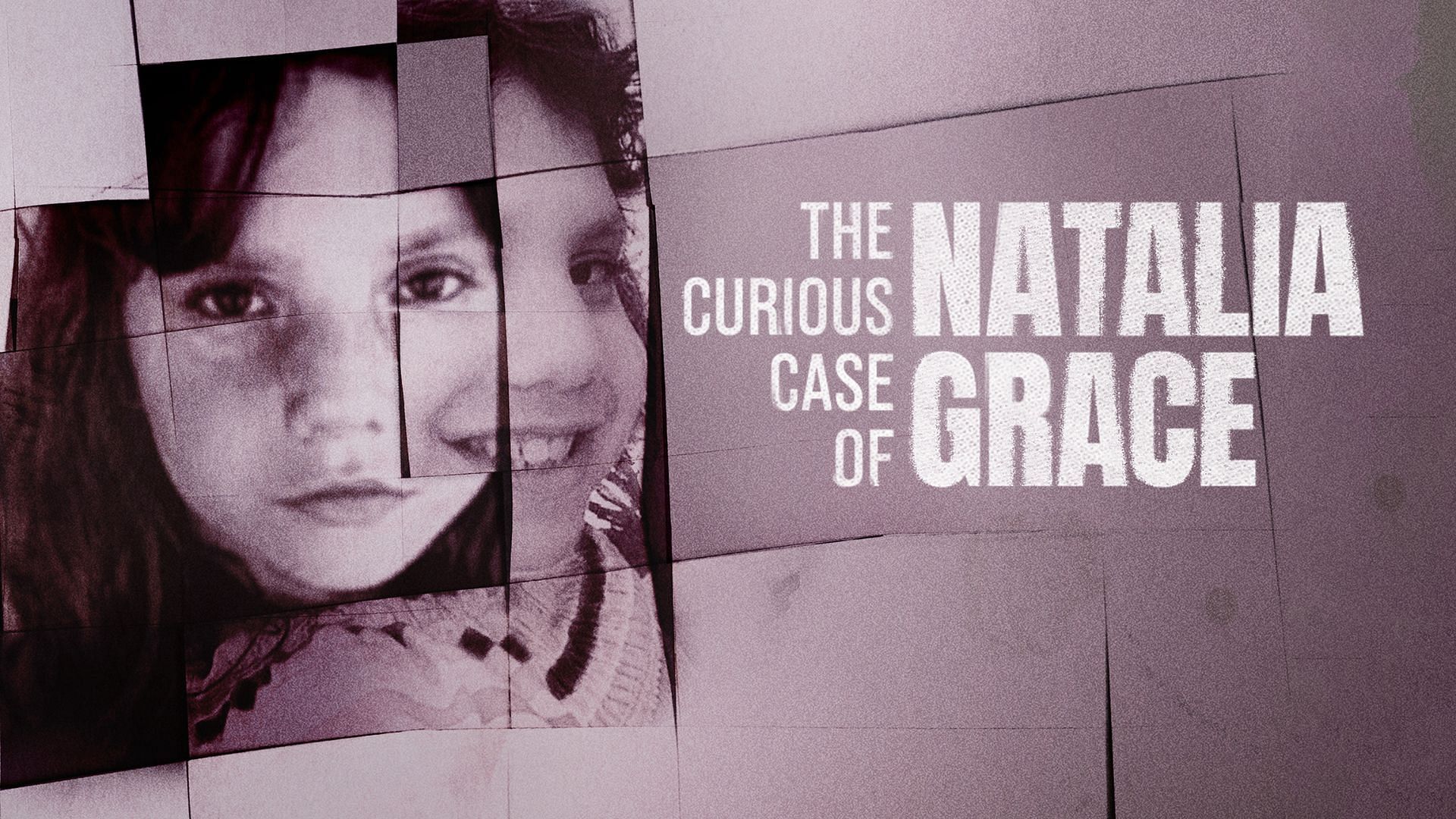 The Curious Case Of Ovechkins Pre Game Snack Sub And Cheetos
May 07, 2025
The Curious Case Of Ovechkins Pre Game Snack Sub And Cheetos
May 07, 2025 -
 The Impact Of Celebrities On Who Wants To Be A Millionaire Ratings
May 07, 2025
The Impact Of Celebrities On Who Wants To Be A Millionaire Ratings
May 07, 2025 -
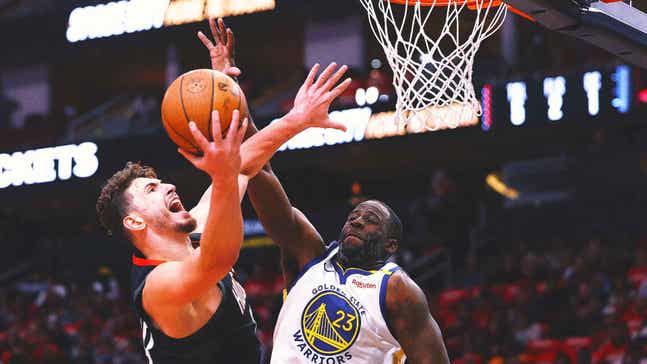 Warriors Consistent Messaging Key To Rockets Playoff Series Success
May 07, 2025
Warriors Consistent Messaging Key To Rockets Playoff Series Success
May 07, 2025 -
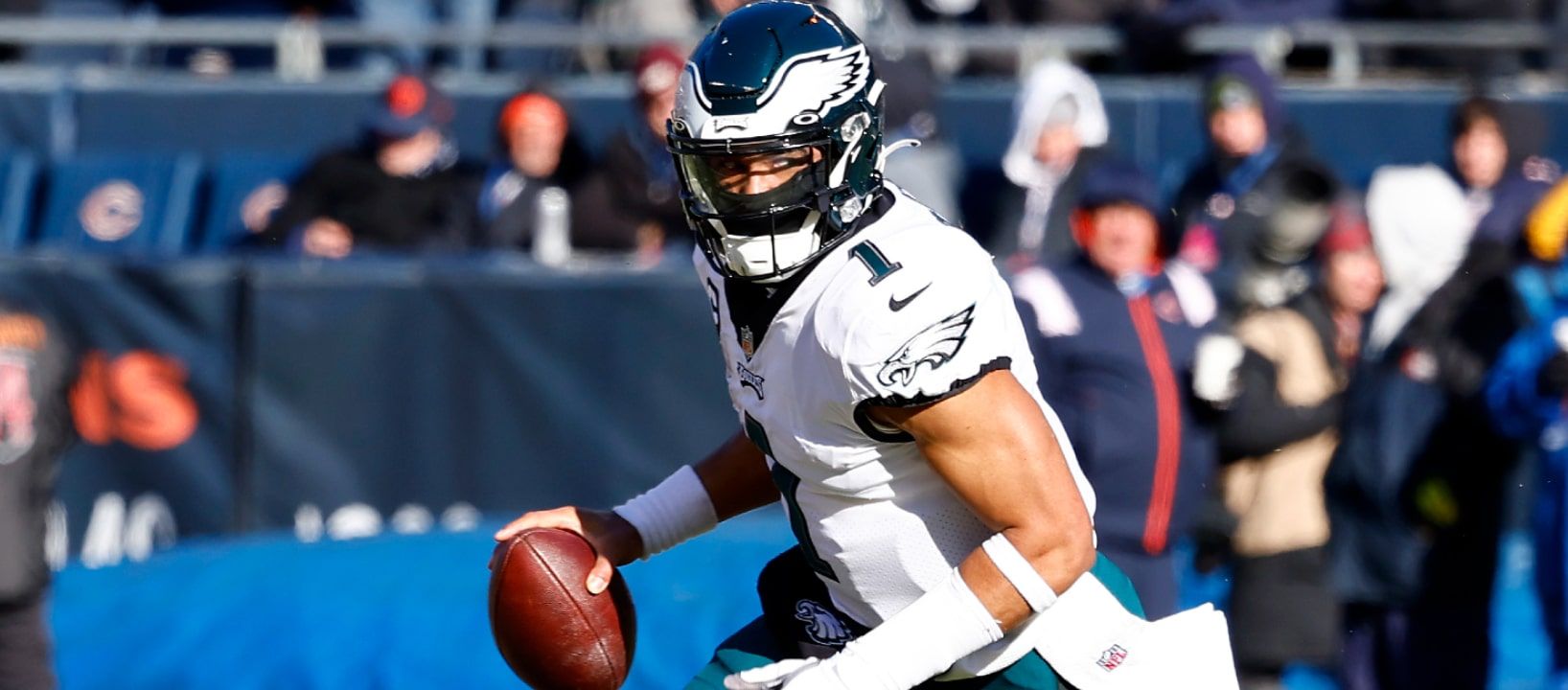 March 27th Cavaliers Spurs Game Full Injury Report And Analysis
May 07, 2025
March 27th Cavaliers Spurs Game Full Injury Report And Analysis
May 07, 2025 -
 Laura Kennys Journey From Olympic Gold To Inspiring New Generation
May 07, 2025
Laura Kennys Journey From Olympic Gold To Inspiring New Generation
May 07, 2025
Latest Posts
-
 The Long Walks First Trailer Simple Yet Terrifying
May 08, 2025
The Long Walks First Trailer Simple Yet Terrifying
May 08, 2025 -
 How Glen Powell Achieved Peak Condition For The Running Man
May 08, 2025
How Glen Powell Achieved Peak Condition For The Running Man
May 08, 2025 -
 Glen Powell Bulletproof Fitness And Method Acting For The Running Man
May 08, 2025
Glen Powell Bulletproof Fitness And Method Acting For The Running Man
May 08, 2025 -
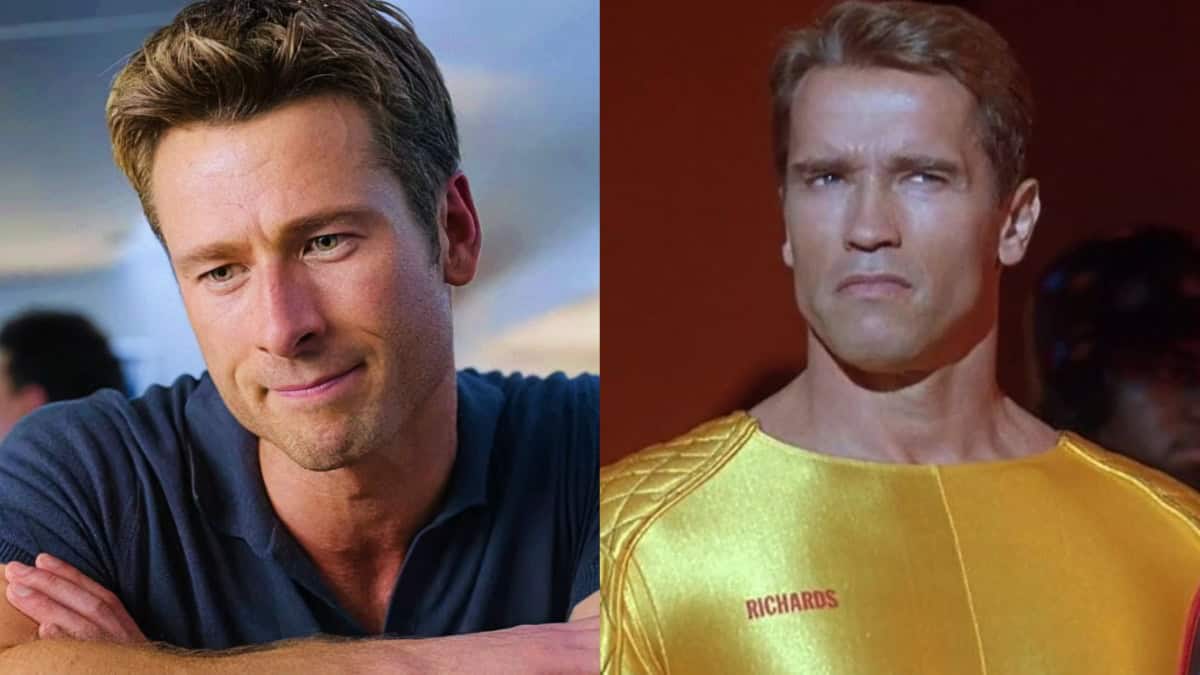 Glen Powells The Running Man Transformation Fitness And Character
May 08, 2025
Glen Powells The Running Man Transformation Fitness And Character
May 08, 2025 -
 The Thunder Vs The National Media A Heated Confrontation
May 08, 2025
The Thunder Vs The National Media A Heated Confrontation
May 08, 2025
